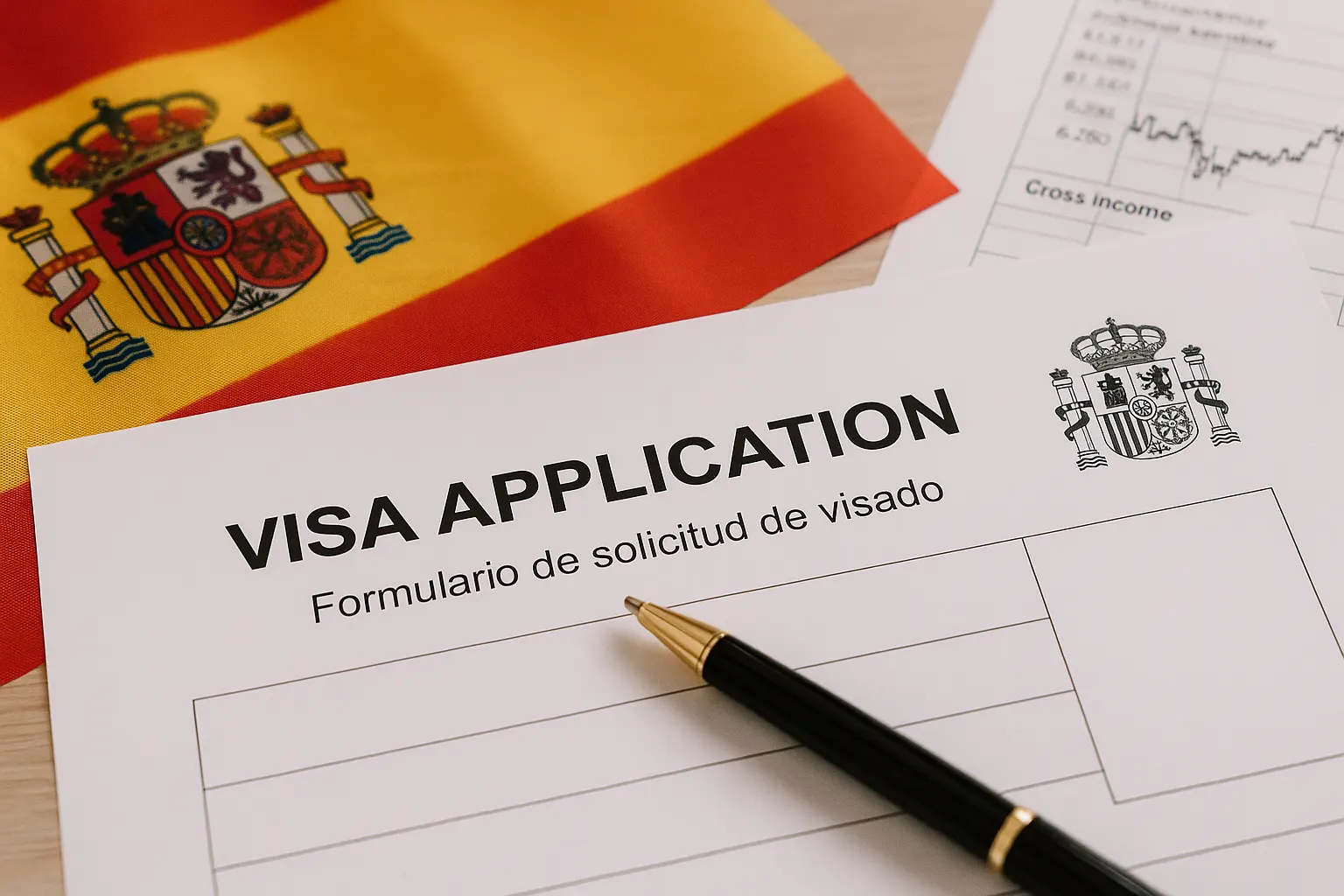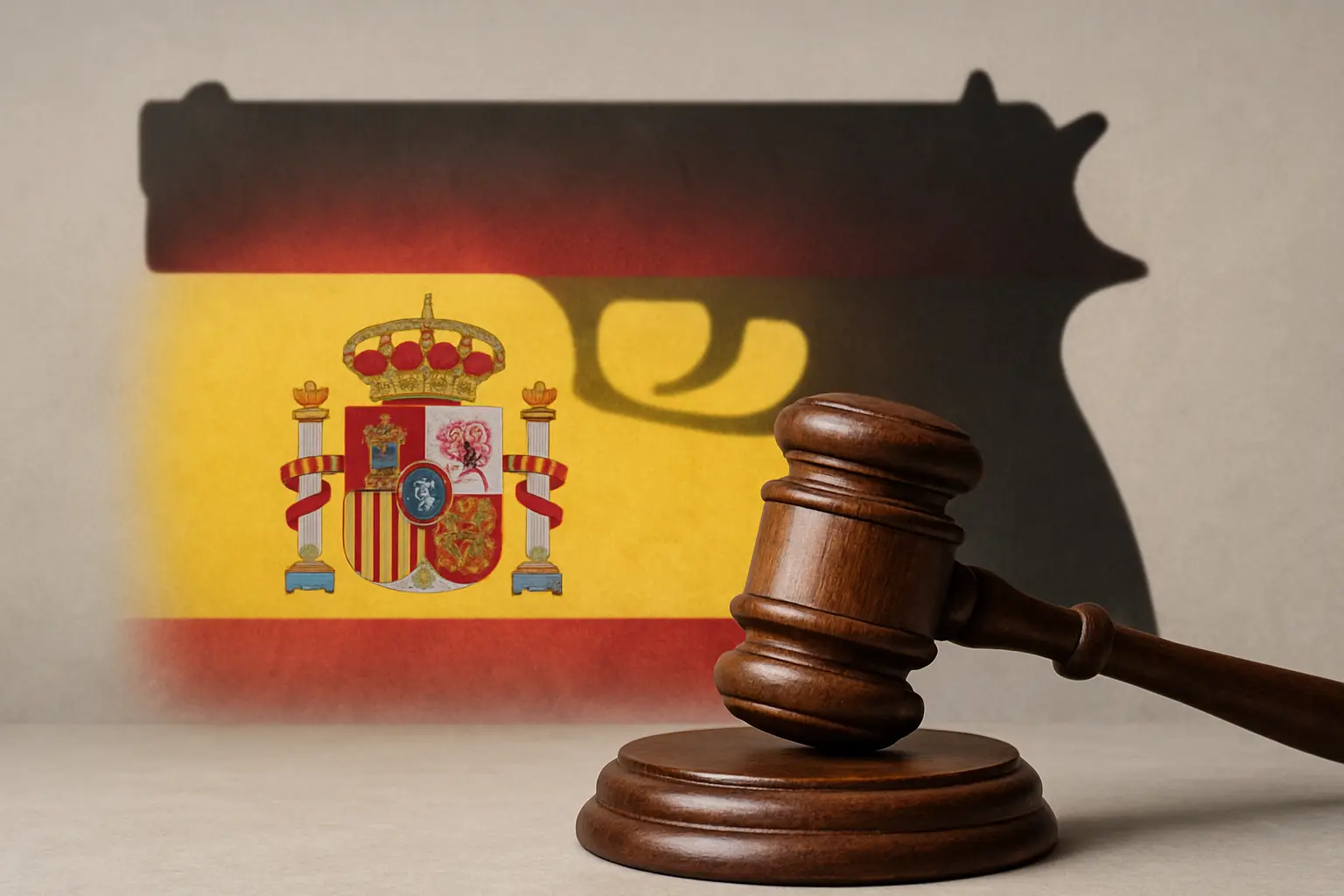The Plusvalía tax in Spain is an important tax that property sellers need to understand. It is a local tax imposed on the increase in value of urban land during the time it is owned. Sellers of urban properties should be aware of this tax to avoid any unexpected financial burdens when selling their property.
Before selling any urban land or buildings, it is crucial for property owners to understand how the Plusvalía tax works. This knowledge will help them anticipate costs and fulfill legal requirements effectively.
However, there are other taxes that property sellers should also take into account. For example, it is essential to understand capital gains tax in Spain as it can significantly affect the profit from a property sale.
This article aims to provide a clear and detailed explanation of the key aspects related to the Plusvalía tax, including:
- How the Plusvalía tax is calculated
- Who is responsible for paying it
- Important deadlines and exemptions
With this information, property sellers can manage their transactions with more confidence and clarity. Additionally, it is important for potential property investors or expats to familiarize themselves with Spain’s wealth tax, especially if they plan to invest heavily in real estate.
Moreover, in today’s digital age, some property transactions may involve cryptocurrency. Therefore, understanding how crypto taxes work in Spain could be beneficial for sellers who deal with such assets.
Understanding Plusvalía Tax in Spain: A Comprehensive Guide for Property Sellers
Definition of Municipal Plusvalía Tax
The Municipal Plusvalía Tax in Spain is a levy imposed on the increase in the value of urban land during the period of ownership. This tax is specifically designed to capture the appreciation in the value of urban properties over time.
Focus on Urban Land
It’s important to note that the Plusvalía Tax applies solely to urban land and does not encompass rural or countryside properties. The tax is targeted at urban areas where development and infrastructure improvements tend to lead to an increase in property values.
Impact of Public Investments
Public investments and enhancements play a crucial role in boosting land values, thereby affecting the amount of Plusvalía Tax payable by property sellers. Infrastructure projects, new amenities, and urban development initiatives can significantly influence the valuation of urban properties.
By understanding these fundamental aspects of the Municipal Plusvalía Tax, property sellers can navigate their tax obligations more effectively and make informed decisions regarding their real estate transactions. For expats, navigating this tax system can be particularly challenging. However, with resources like our Expat Tax Guide, you can simplify this process. Furthermore, seeking assistance from a professional tax advisor or accountant can provide valuable insights and help ensure compliance with all tax regulations.
Who is Responsible for Paying Plusvalía Tax?
Understanding who is responsible for paying the Plusvalía tax in different scenarios can help property sellers in Spain navigate the tax system more effectively. Here are the key taxpayer scenarios and responsibilities:
1. Sellers and Plusvalía Tax
Sellers are typically responsible for paying the Plusvalía tax when they sell urban land or properties. This means that if you are selling a property in Spain, you will need to factor in the Plusvalía tax as part of your selling costs.
2. Recipients and Plusvalía Tax
In cases of inheritance or donations, it is the recipients who are liable for the Plusvalía tax. If you inherit a property or receive it as a gift, you will be responsible for paying the tax associated with the increase in value of that property.
3. Responsibilities in Transactions Involving Non-Residents
When dealing with non-resident sellers, buyers have an additional responsibility. In such transactions, buyers are required to withhold a portion of the sale price to cover potential tax obligations. This means that if you are purchasing a property from a non-resident seller, you may need to set aside some money to ensure that any outstanding tax liabilities are settled.
4. Payment Deadlines Depending on Transfer Type
The payment deadlines for the Plusvalía tax vary depending on the type of transfer involved:
- Sales: Sellers must settle the Plusvalía tax within 30 days of the transfer taking place.
- Inheritance or Donations: Recipients typically have a deadline of 6 months from the date they acquired the property (through inheritance or donation) to fulfill their tax obligations.
By understanding these distinct responsibilities and deadlines based on different transaction types, property sellers in Spain can navigate the Plusvalía tax system more effectively.
Legal Background and Recent Developments in Plusvalía Tax Regulations
The 2021 Constitutional Court ruling was a turning point for the application of the Plusvalía tax in Spain. The Court declared the previously used calculation method unconstitutional, specifically criticizing its automatic assumption that any transfer of urban land implied an increase in value. This assumption ignored actual market conditions, resulting in tax liabilities even when sellers suffered losses.
Key consequences of the ruling include:
- Invalidation of the fixed cadastral coefficient approach: Municipalities can no longer rely solely on multiplying cadastral values by fixed coefficients to determine taxable gains.
- Requirement for alignment with real economic circumstances: Tax calculations must reflect the true gain or loss experienced by the taxpayer.
In response, Spanish lawmakers introduced legislative measures to correct these issues. The enactment of a Royal Decree established new regulatory frameworks obliging municipalities to adopt more accurate methods for calculating the taxable base. These regulations enable taxpayers to choose between two calculation alternatives, including one based on actual capital gains rather than cadastral approximations.
Local governments are now tasked with amending their ordinances to comply with these changes, ensuring tax assessments respect constitutional principles while maintaining municipal revenue streams.
This legal evolution underscores the dynamic nature of Plusvalía tax regulation and highlights the importance for property sellers to stay informed about current laws and how they affect tax obligations.
Calculating Plusvalía Tax: Methods and Factors to Consider
The Plusvalía tax calculation relies on two official methods, designed to establish the taxable base reflecting the increase in urban land value during ownership. Taxpayers may choose the method resulting in lower tax liability.
1. Cadastral Value Method
This traditional approach uses the property’s cadastral value, an official assessment determined by local authorities. The calculation follows these steps:
- Identify the cadastral value of the urban land portion of the property.
- Apply a coefficient rate based on the number of years the property was held by the seller. This coefficient increases with ownership duration, reflecting presumed value appreciation over time.
- Multiply the adjusted cadastral value by a municipal tax rate, which can be up to 30% depending on local regulations.
The formula can be summarized as:
Taxable Base = Cadastral Value × Coefficient Rate × Tax Rate
The cadastral value method is straightforward but assumes a standard appreciation pattern regardless of actual market changes.
2. Real Capital Gain Method
Introduced following recent legal reforms, this method calculates taxable gain based on the actual increase in land value rather than assumed increments. The process involves:
- Determining the difference between the sale price and original purchase price of the urban land.
- Applying a cadastral percentage (a proportion of the total property value attributed to land), which adjusts for variations in land versus building values.
This method reflects real market gains or losses, potentially reducing tax when no appreciable profit occurred or when losses exist.
Key Considerations
- The coefficient rate varies by municipality and ownership period, affecting calculations under both methods.
- Taxpayers who demonstrate no real gain using documented evidence may opt for the real capital gain method to minimize taxes.
- Understanding these methods allows sellers to plan transactions with awareness of potential tax liabilities.
Selecting between these calculation options requires assessing property specifics, transaction details, and local tax rules to ensure accurate Plusvalía payments.
Choosing Between Calculation Methods and Exploring Taxpayer Options
Taxpayers have the flexibility to choose between the cadastral value method and the real capital gain method to determine the taxable base for Plusvalía tax. Selecting the calculation method that results in a lower taxable base can help reduce the payable tax amount.
Sellers may be exempt from paying the Plusvalía tax if there is no actual increase or loss on the sale. In such cases, providing proper documentation as proof is essential to support the exemption claim.
Factors Influencing Plusvalía Tax Amounts You Should Know About
Several key factors play a decisive role in determining the amount payable under the Plusvalía tax. Understanding these variables helps property sellers anticipate their tax liabilities more accurately.
1. Ownership Duration and Coefficient Rates
The length of ownership directly affects the coefficients applied in calculating the taxable base. The Spanish law establishes a scale of coefficients that increase with each year of ownership, reflecting the presumed appreciation of urban land value over time:
- Less than 1 year: Minimal or no coefficient applied.
- 1 to 5 years: Gradual increase in coefficient values.
- 6 to 10 years: Medium-level coefficients.
- 11 to 20 years: Higher coefficients approaching maximum thresholds.
- More than 20 years: Maximum coefficients applied, representing the full potential increase.
These rates determine how much of the cadastral value is considered for taxation purposes. Longer ownership generally results in higher payable amounts due to accumulated presumed increments.
2. Municipality-Specific Coefficients and Local Variations
Each municipality in Spain has authority to set its own specific coefficients within limits defined by national legislation. These local councils or delegated provincial bodies:
- Adjust coefficients based on regional market conditions and urban development levels.
- May apply different tax rates or additional surcharges.
- Publish official tables detailing applicable rates for property owners within their jurisdiction.
Municipality location becomes crucial because two identical properties may attract different Plusvalía amounts depending on local regulations and economic environment.
3. Plot Size and Cadastral Value Considerations
The size of the plot and cadastral assessment values also influence final tax calculations:
- Larger plots typically have higher cadastral values, increasing the taxable base.
- Cadastral value reflects official government appraisal considering land use, location, and urban planning characteristics.
- This assessment serves as a reference point multiplied by applicable coefficients and tax rates.
An accurate understanding of cadastral data is essential for estimating Plusvalía tax correctly, especially when combined with local coefficients and ownership duration factors.
Navigating Payment Procedures, Deadlines, and Exemptions for Plusvalía Tax
Understanding the payment procedures and deadlines associated with the Plusvalía tax is essential for property sellers and heirs to avoid penalties or legal complications. The tax obligations and timing vary depending on the type of property transfer.
Payment Deadlines by Transfer Type
1. Property Sales (Transfers)
Sellers must pay the Plusvalía tax within 30 calendar days from the date of the sale. This strict deadline requires prompt action to calculate and submit payment correctly.
2. Inheritance and Donations
In cases involving inheritance or donations, the payment deadline extends to 6 months from the date of death or donation. This period can be further extended upon request due to administrative reasons or personal circumstances, but requests should be made well in advance.
Special Considerations for Non-Resident Sellers
When a seller is a non-resident in Spain, specific mechanisms ensure proper tax collection:
- Buyers are legally required to withhold 3% of the purchase price at the time of acquisition.
- This withholding acts as a prepayment towards the Plusvalía tax liability.
- The buyer then submits this amount directly to the tax authorities on behalf of the non-resident seller.
This process protects municipalities from potential unpaid taxes when sellers reside outside Spain.
Exemptions and Special Cases
Certain situations provide relief from paying Plusvalía tax entirely or partially:
- Rural Land Classification: The Plusvalía tax applies exclusively to urban land. Properties classified as rural or countryside are exempt because their value increase is not subject to municipal urban land value increments.
- Loss-Making Transactions: If a sale results in no gain or an actual loss on the land’s value, sellers may claim exemption from paying Plusvalía tax. Proper documentation such as purchase contracts, valuation reports, and sale agreements must be submitted to support these claims.
- Inheritance Cases: Some inheritances qualify for reductions or exemptions based on familial relationship, age, disability status, or other criteria defined by local regulations. It is important to consult relevant municipal rules as these vary widely.
Accurately adhering to these payment deadlines and understanding exemptions mitigates risks connected to late payments and unnecessary taxation. Awareness of obligations ensures compliance with Spanish municipal regulations governing property transactions.
Using Online Tools, Seeking Legal Advice, and Getting Professional Support with Your Plusvalía Tax Obligations
Availability of Online Calculators
Some municipalities or provincial bodies offer online calculators to estimate the payable amount of Plusvalía tax. These tools can provide a rough idea of the tax obligation before proceeding with the property sale.
Consulting Specialized Spanish Legal Professionals
When dealing with complex estates or inheritance cases involving Plusvalía tax, it is crucial to seek advice from specialized Spanish legal professionals. They can provide tailored guidance based on individual circumstances and ensure compliance with all legal requirements.
By leveraging online calculators and seeking expert legal advice, property sellers can navigate the intricacies of Plusvalía tax effectively and make informed decisions regarding their tax obligations.
Conclusion
Confident Selling Property in Spain: By equipping yourself with knowledge on Plusvalía tax, preparing in advance, ensuring legal compliance, and engaging in financial planning, you can navigate property sales in Spain confidently.
Professional Support: Seek assistance from specialized Spanish legal professionals to guide you through complex aspects of Plusvalía tax, ensuring a smooth transfer process without unexpected municipal tax-related surprises.
Remember, understanding who pays Plusvalía tax in Spain is crucial for a successful property transaction.















